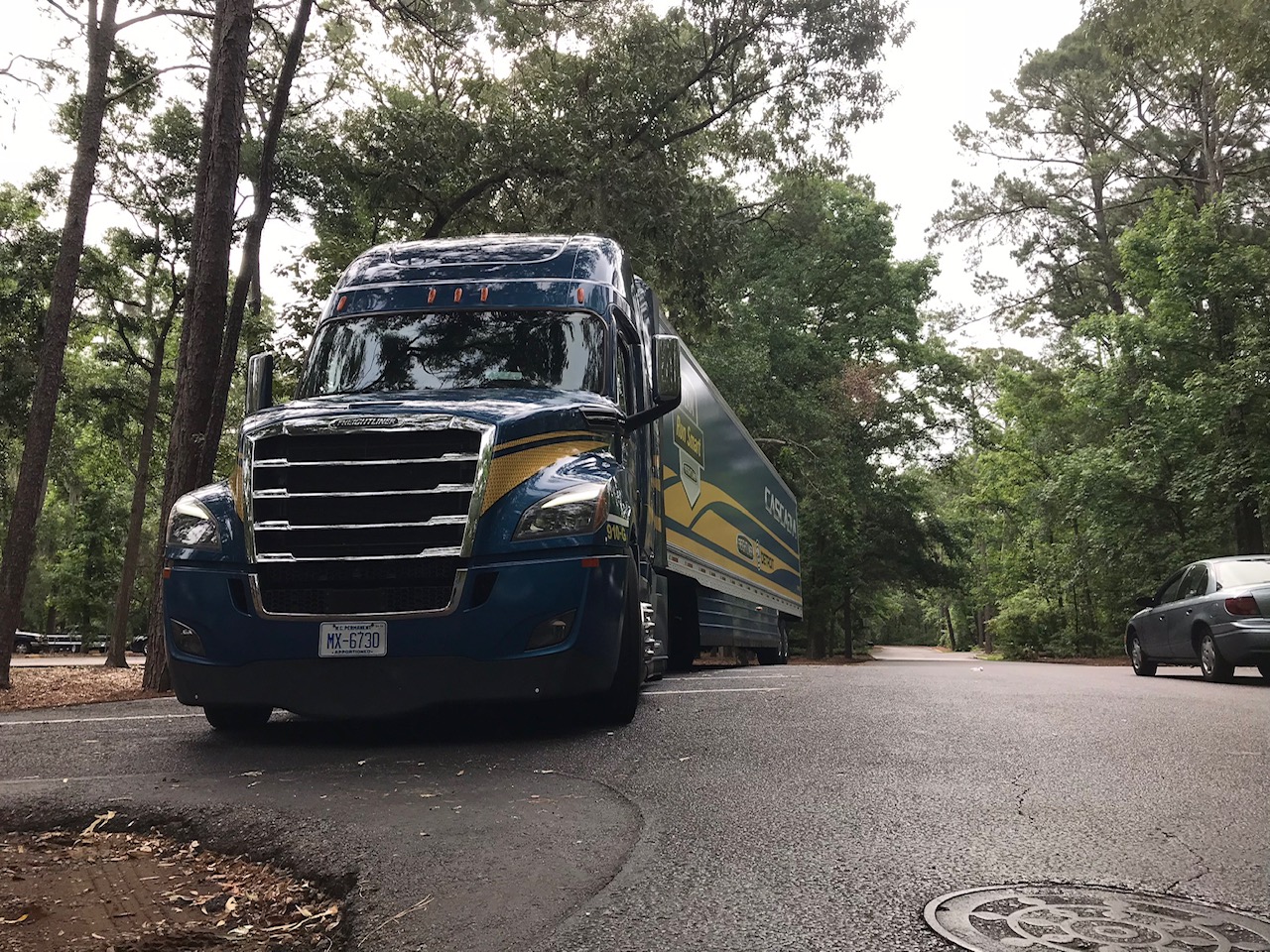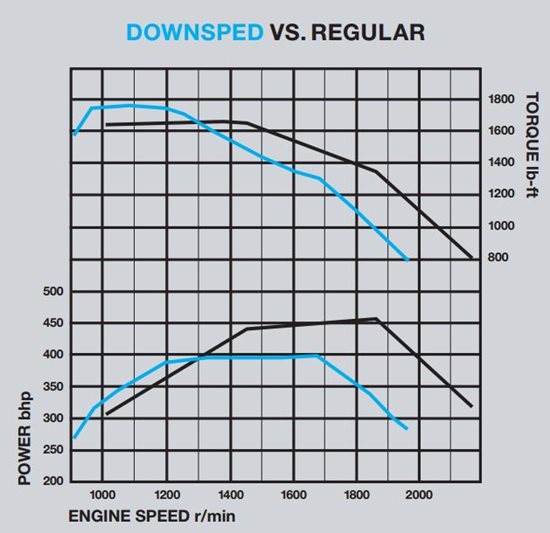.jpeg.aspx?lang=en-US&width=500&height=375)
I found myself reflecting with a friend on the different trucks and engines we’ve had the pleasure of driving during our careers which began in 1983. Most of the trucks during my tenure as a professional driver were a pleasure to drive while others were almost intolerable due to the horrible ride and ergonomics. The one thing that I always remember is that the feeling of controlling all of the power and weight of a large truck and trailer was addicting.
Memories continued to flow as I reminisced about a couple of trucks that a person would wonder why there was a radio installed in the truck because you could only hear it when the engine was at idle or shut off. The ride was rough but you did not know any better. Most engines of the day produced between 290 to 350 horsepower and 1000 to 1250 foot-pounds of torque. Maximum horsepower back in the day came in between 1800 to 2100 rpm and the torque ratings were in play from 1200 to 1450 rpm. We had 10 plus forward gears so we could stay in the power band of the days engines. Typical rear axle ratios for the day were 4.33 to 3.73 with 4.11 being the most common. The overdrive ratio was normally right around .73 which would make the overall gear ratio with a 4.11 rear axle gear set come in at 3.00 for those of you that would like to compare it to today's direct-drive transmission offerings. Fuel mileage back in the day according to US Energy Information Administration was a whopping 5.8 mpg in 1985. Still, we were proud of our mighty steeds as we plied our trade on our nation’s highway system.
Moving up to the present day my friend has just taken delivery of a new Cascadia Aero X powered by a Detroit DD15 400hp / 1750fpt engine, DT12 direct-drive transmission, 2.28 rear axle ratio in a 6X2 drive axle configuration. This truck was ordered with three major objectives, fuel mileage, payload, and driver comfort. I plan on doing a full story on this truck at a later date.
Today's story is simply on the conversation we had on how far we have come from the rough riding, noisy, and fuel-thirsty trucks from the early days of our careers. My friend is only on his third cross country trip with his new Cascadia and so far his fuel mileage has not been below 9.4 mpg with GCVW 's ranging from 75 to 80 K. The run this fuel mileage was recorded on is round trips from Pennsylvania to California.
We both reminisced to the past and were sure that we did not want to go back in time unless it was to simply drive an old truck in a parade for old time’s sake. The discussion then went on to the horsepower rating on both of our trucks.
.jpeg.aspx?lang=en-US&width=500&height=484)
Both of us have been accustomed to driving trucks with horsepower in excess of 500 so you would think that we would be disappointed with “only” having 400hp in our current rides. Sure we miss being the one who passes everyone going uphill but not enough to give up the efficiency we are realizing with our 400hp engines today. We discussed how back in the “good” old days our 400hp engine with 1750fpt would have been a really big ride in the 1980s. At the end of the day, we’re only losing about 10 mph when climbing a long steep grade compared to when our trucks had 500hp. It’s always important to remember that we spend very little time going up steep grades because most of our country is relatively flat and where it’s not flat half of that is downhill.
Back in the 80's we also would not have 1750fpt @ 975rpm to count on when the going gets tough. Even if this amount of torque had been available back the day it would not have been at this incredible low of an RPM.
We ended our call that inspired this blog by agreeing the future has never been brighter in regards to advancements in the technology that has changed the trucks we earn our living in and we don't want to go back in time. I look forward to sharing the story of my friend’s new ride after he gets some more miles on it.